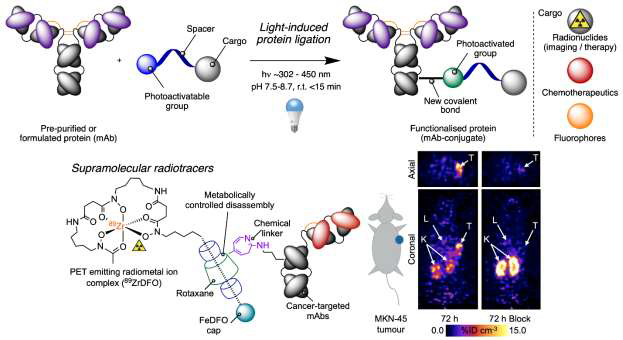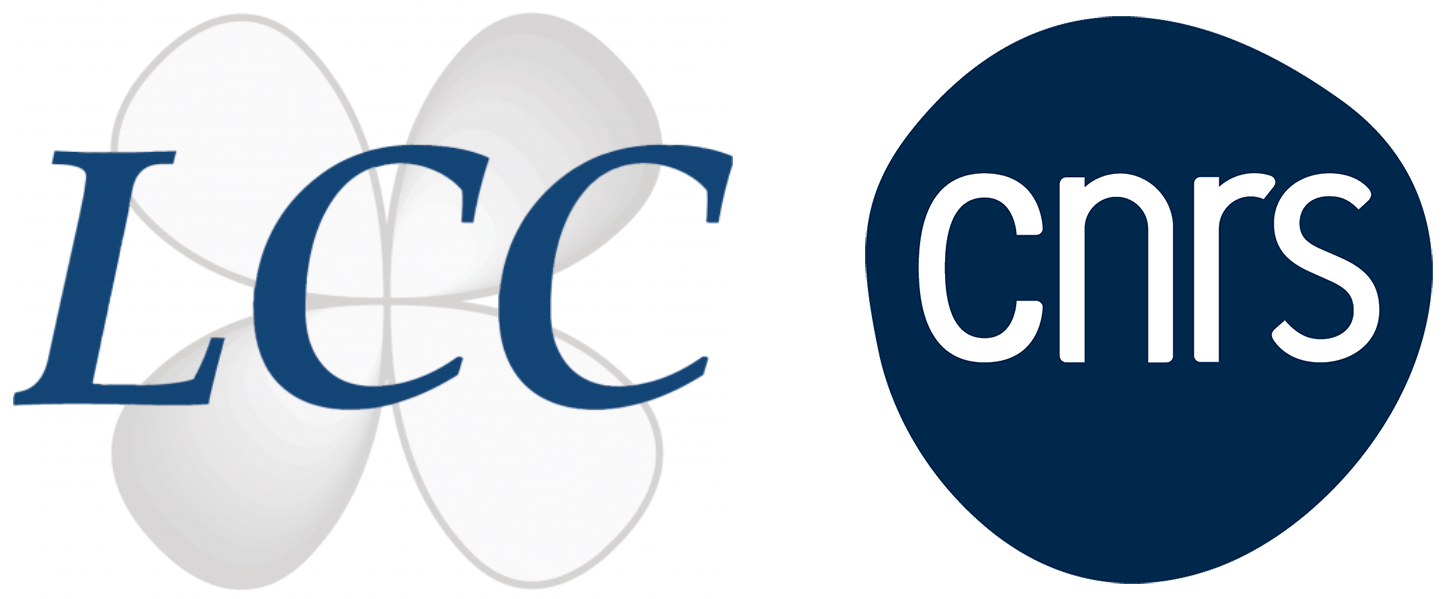
- This event has passed.
Seminar Pr Jason P. Holland

Pr Jason P. Holland
University of Zurich
New tactics in radiotheranostic design
Radiopharmaceuticals play an increasingly important role in the clinic and are already at the front line of diagnostic medicine for brain disorders, heart disease, and cancer. As the field of Nuclear Medicine moves toward the use of highly energetic radiotherapeutic nuclides that cause targeted damage to tissue, many of the fundamental concepts of radiopharmaceutical design need revising. For example, radiolabelled monoclonal antibodies are excellent platforms for developing radioimmunotherapeutics but current designs lead to high dosimetry in radiation sensitive background tissues like the liver, kidney, spleen, bone (marrow), and blood pool. This Off-target accumulation of radionuclides leads to adverse side-effects that complicate clinical management and compromise patient outcome. This presentation will explore new chemical methods for creating radiolabelled antibodies by using alternative methods including photochemically mediated bioconjugation processes, non-covalent supramolecular strategies, and alternative linker technologies to tailoring radiotracer pharmacokinetics at a tissues-specific level and control dosimetry (Figure 1).

Figure 1. Alternative methods in radiotracer synthesis including photoradiolabelling reactions and supramolecular radiotracers.
